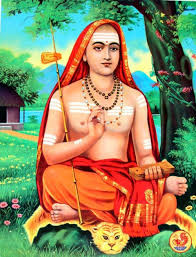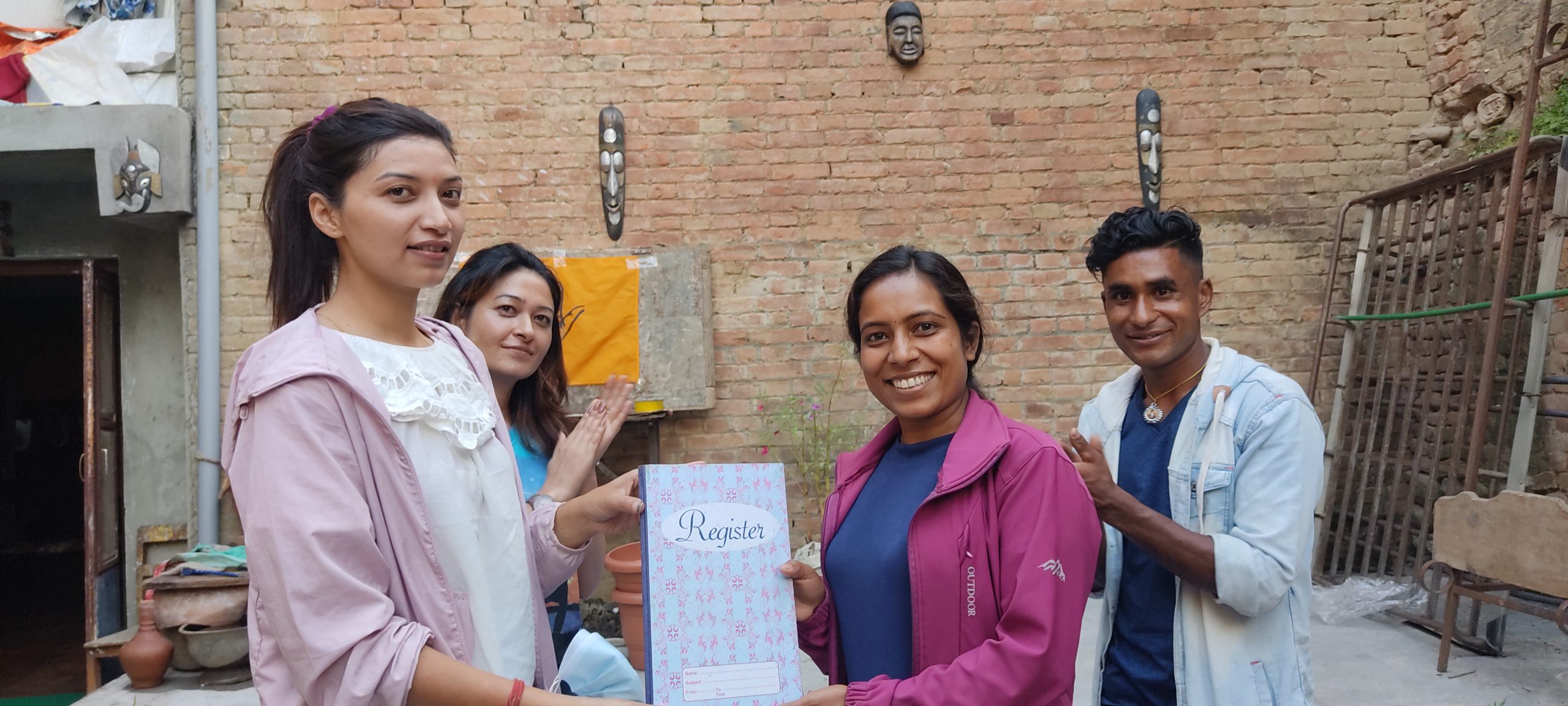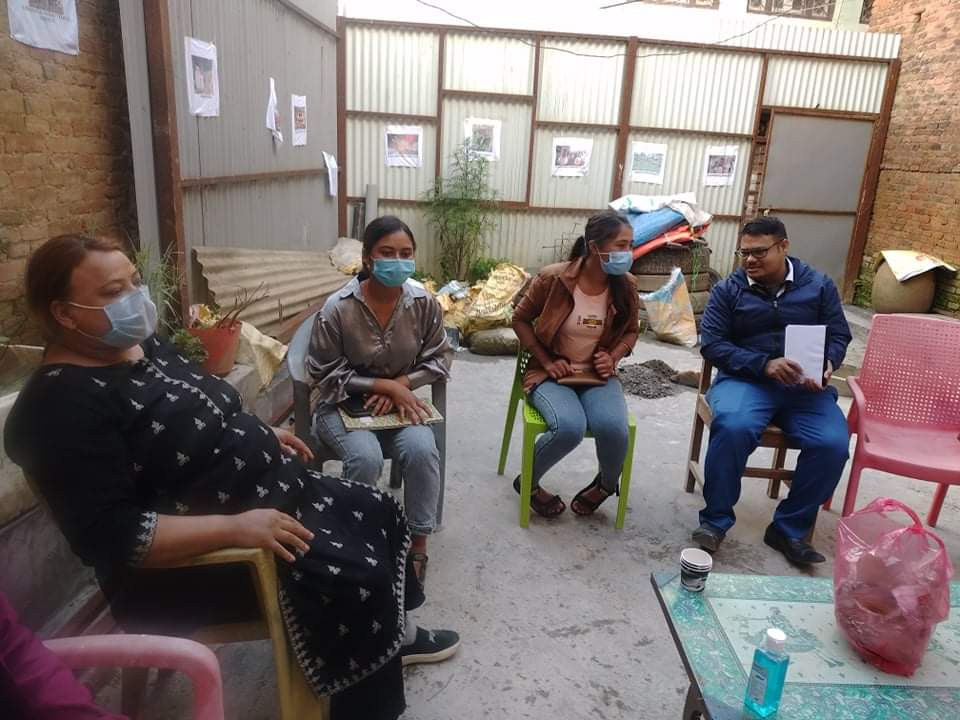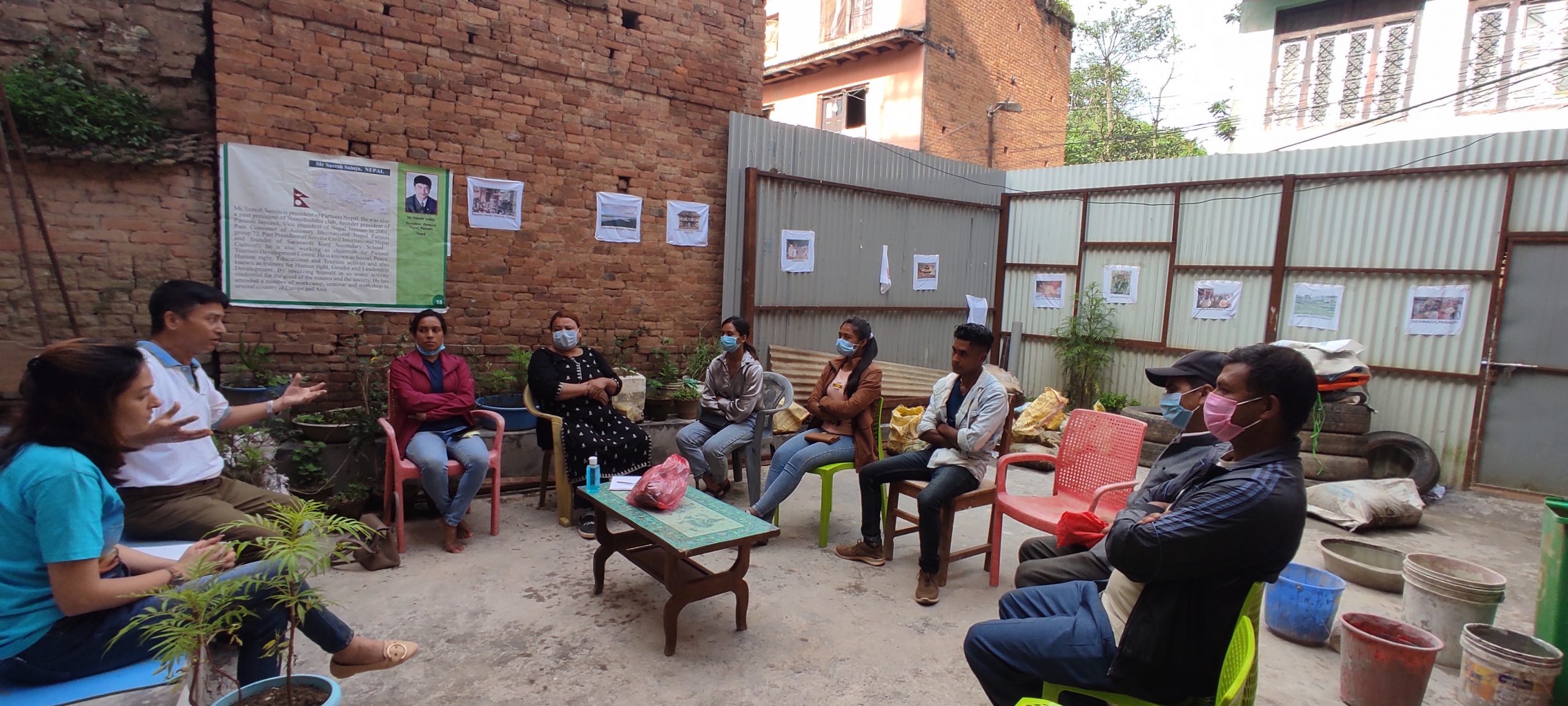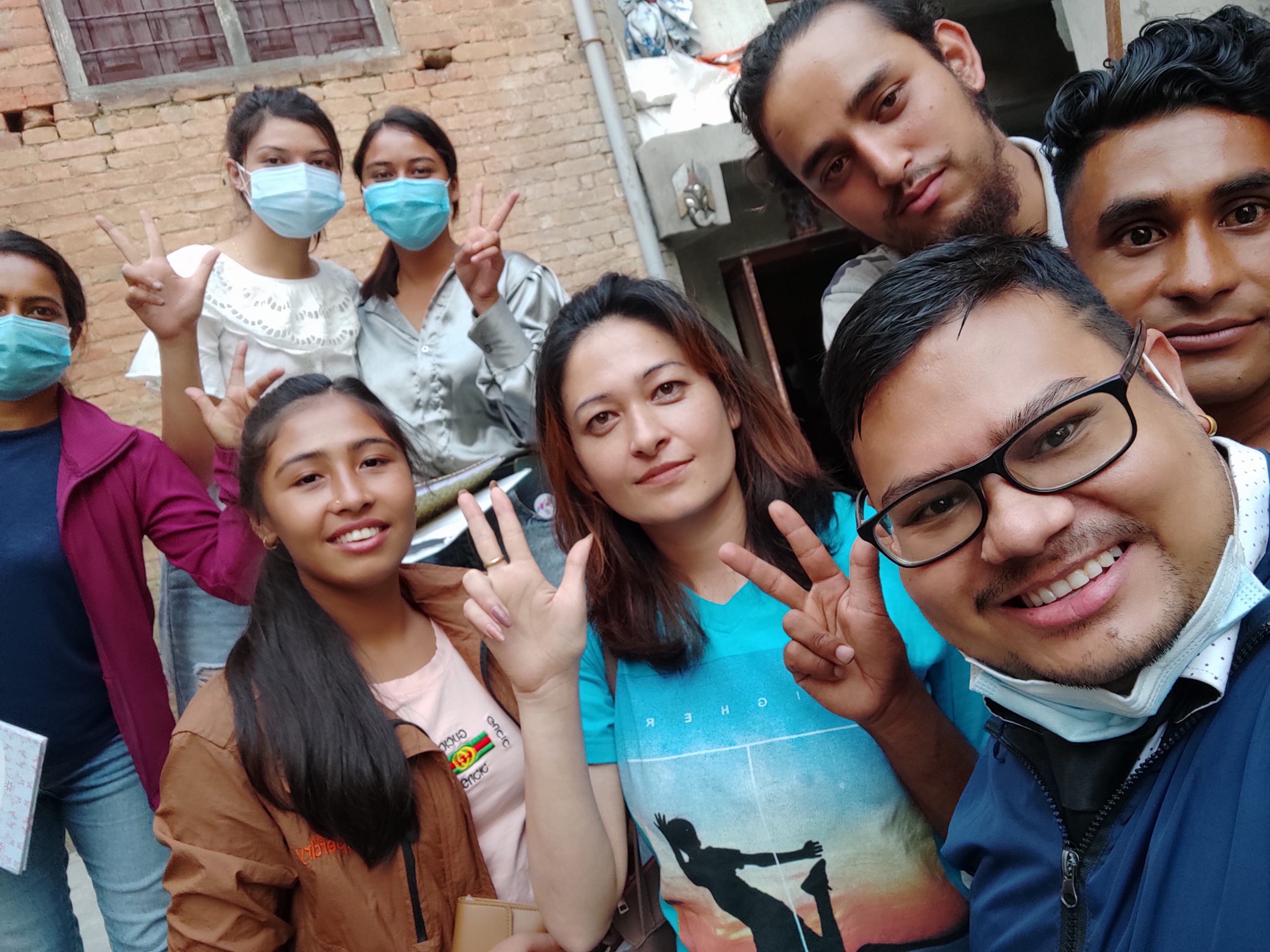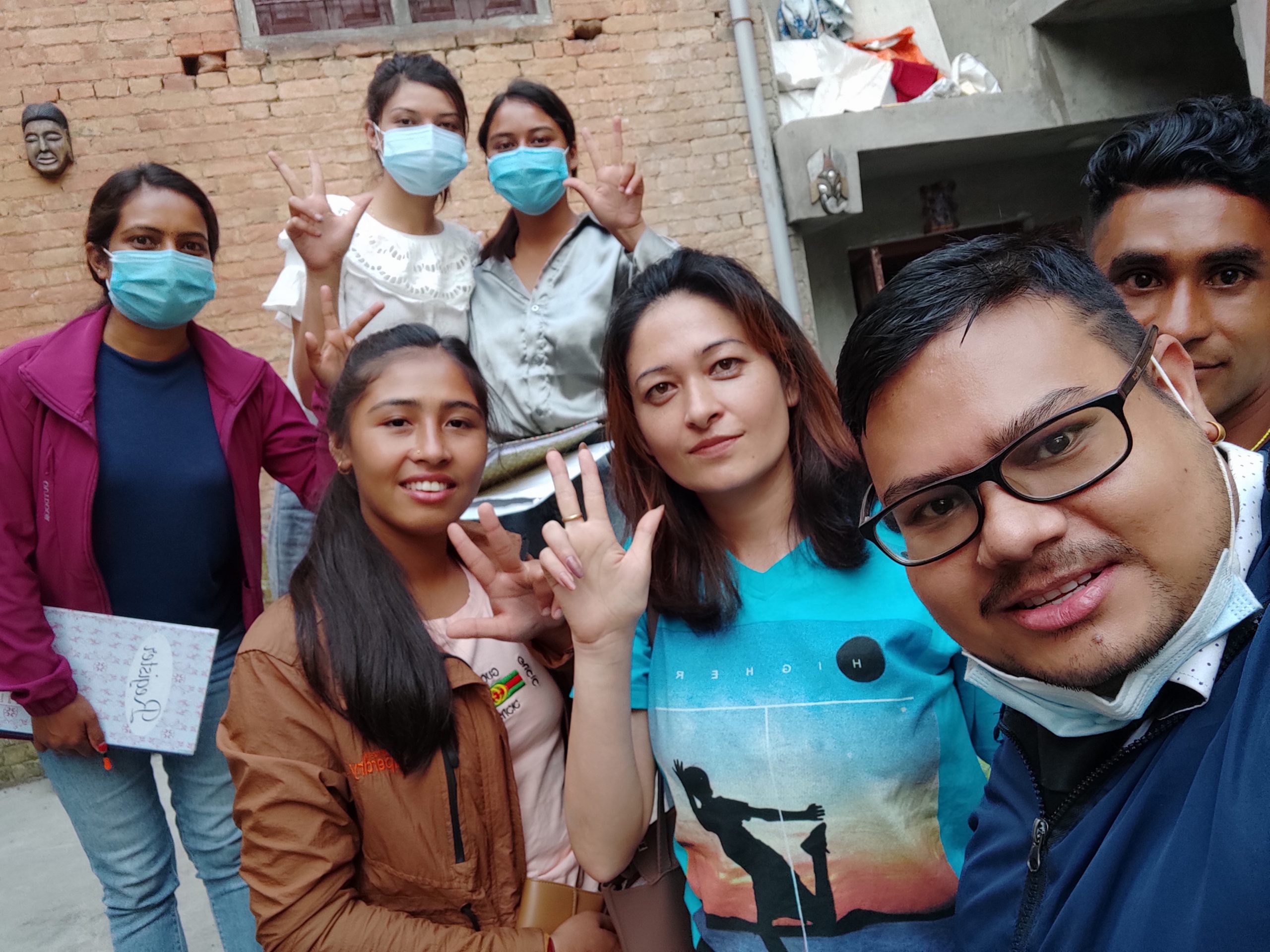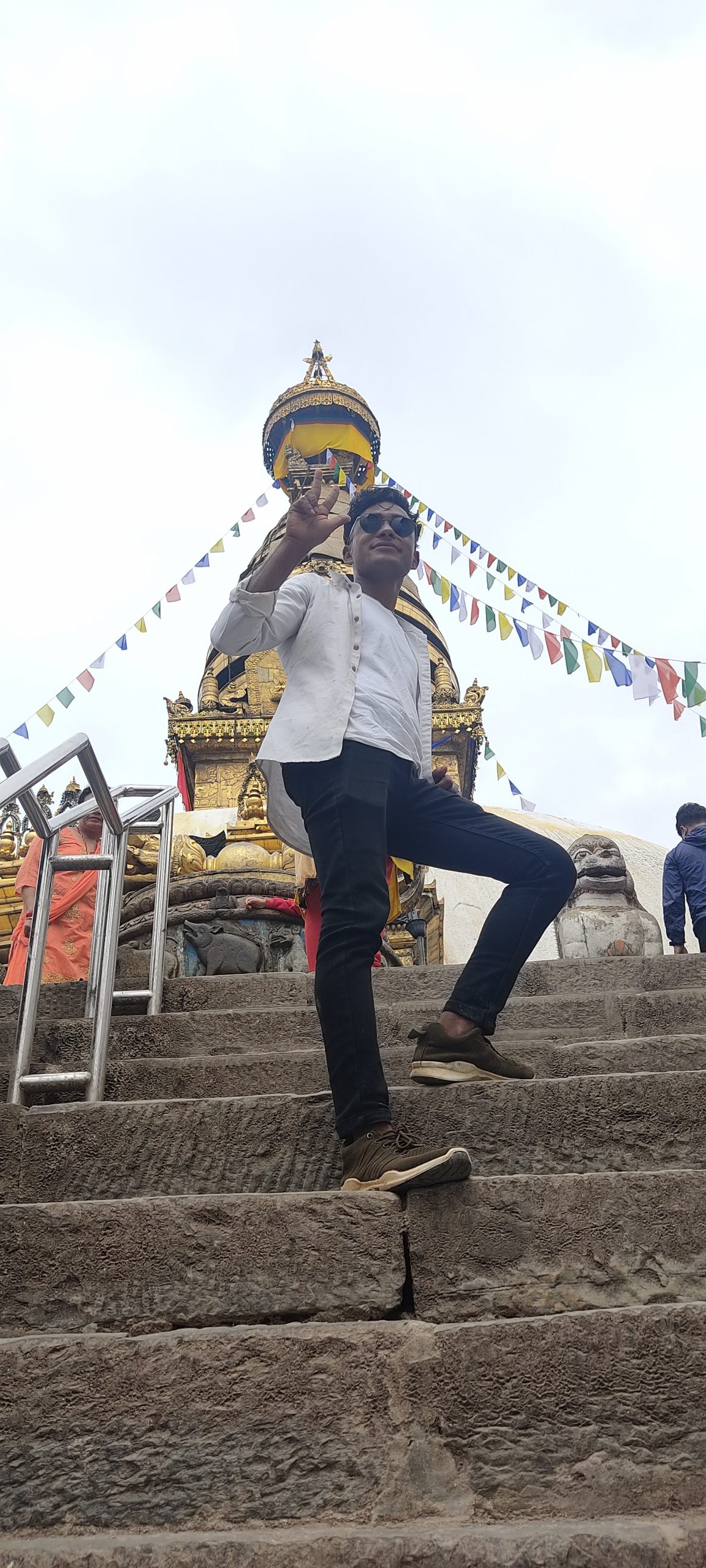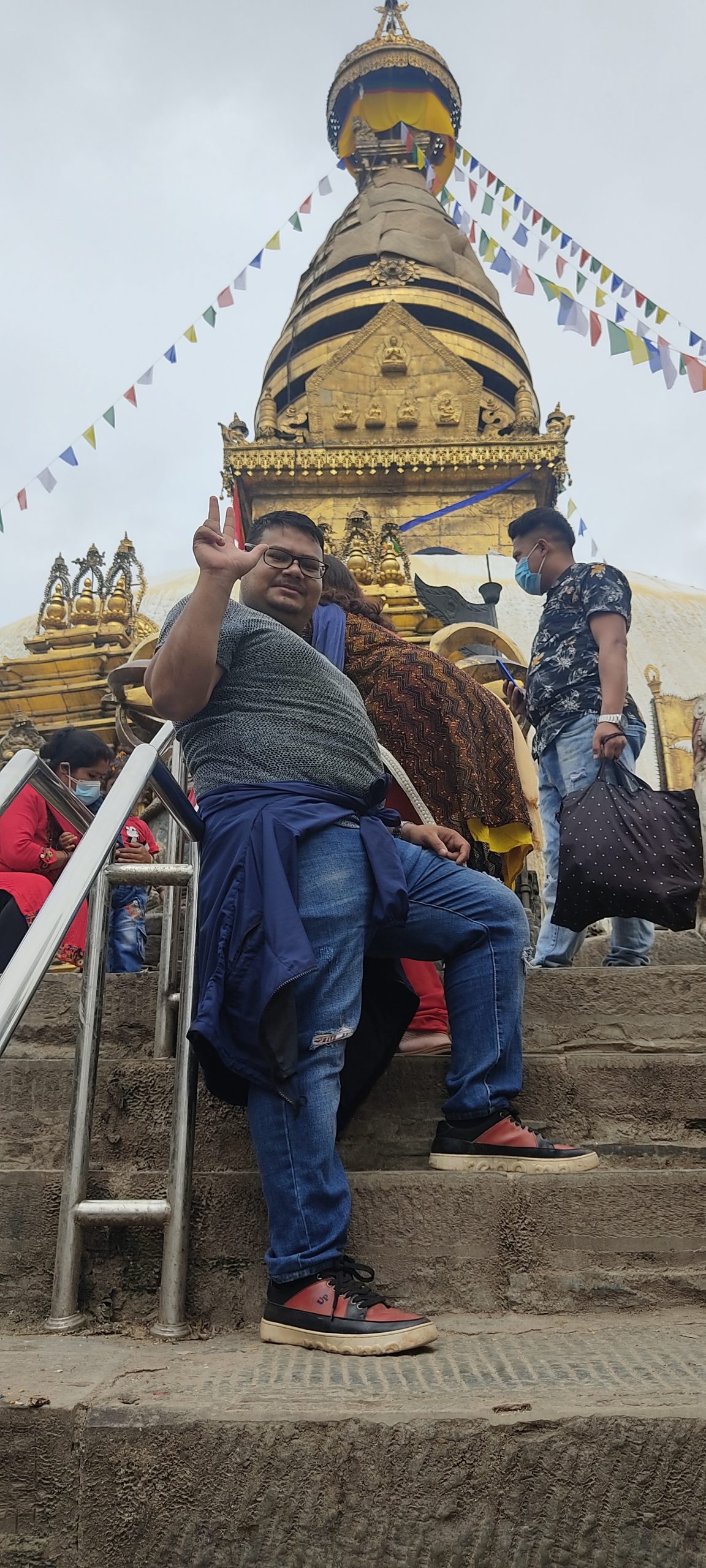-
Spreading knowledge about Dashnami by Nepal Dashnami Youth
Dashnami belongs to one of the 10 orders (dashnami, “ten names”) established by the philosopher guru dattratreya in the 8th century CE and still flourishing in India and nepal today. The 10 orders are Aranya, Ashram, Bharati, Giri, Parvat, Puri, Saraswati, Sagar, Tirtha, and Ban. Each order is attached to one of four monasteries (mathas), also established by ShankaraCharya, in the north, south, east, and west parts of India. They are Jyoti Matha (at Badrinath, near Haridwar, Uttar Pradesh state); Shringeri Matha (Sringeri, Karnataka state); Govardhana Matha (Puri, Orissa state); and Sharada Matha (Dwarka, Gujarat state). The heads of the monasteries are called mahants (the head of the Shringeri Matha is called jagadguru, “teacher of the world”); they continue to be consulted on points of doctrine and to be accorded the highest respect by Hindu laymen as well as by the ascetics who follow them.
Gotras of DashamiPuri, Saraswati, Bharati: Bhaveswa
Tirtha, Ashram: Adhigata
Ban, Aranya: Kashyap
Giri, Parvat, Sagar :BhriguIdentity Campaigns of Dasnami Samaj
According to a CBS (2011) report, the Dasnami Sanyasiwas found in 74 districts
of Nepal. Their population was 227822 (0.85% of Nepal) and Dang, Kathmandu,
Sindhupalchok, and Jhapa had more than ten thousand population of Dasnami. Because
of the delegations of Dasnami Sanyasi, the word Dasnami was included in the caste
ethnic distribution of the census of Nepal. There was only the Sanyasi category in the
census of 1991 (in which their total population was 181,726 (0.98%)) and 2001 (in
which their total population was 199,127 (0.88% out of total population of Nepal).
There were cultural variations among ten names and with the single name (community).
Many of them have their own Bamshabali Gotra and origin stories. They have their
own understanding and caste practices and status within the national framework of
caste/ethnic groupings.Jat Nasodhanu Jogi ko is a famous mocking proverb to denote the caste status of Sanyasi because the renouncer has given up traditional caste rituals set by socio-cultural
institutions. In other cultural terms, being Sanyasi means having dissociation
himself/herself with whatever caste career or caste-based social rank one might
imagine. To explore the philosophical foundation of Sanyasi, they sacrificed caste
rituals and fire (symbol of power, desire, and creation). By the virtues of sacrifice,
Sanyasi set images of universalism, higher than caste order, and otherworldly being.
Therefore, one should not ask the renouncer caste identity. Traditionally, Sanyasi lived
in Akhada or Matha,and leadership, including ownership of the Matha transformed
from Guru to Chela. On the contrary, DasnamiMahanta started marital and private life, which is paradoxical to the philosophy of Sanyasi.Very few of them are living in
Matha,but the ownership of the property of Mathatransformed from father to son. The
land and property of many Mathas transformed from religious Guthi to private
property. In terms of cultural practices, DasnamiSanyasi adopted high caste culture and rituals in their everyday life.Nepal dashnami youth was established in 2074 BS ( 2018 AD). Its main aim was to give knowledge about dashnami sanyasi.
It is working in several parts like, dashnami education, blood dontion camps, free distribution of water in pashupatinath temple, needy things donation to orphanages and financial help to needy sick people. Beside this youth is giving pressure to government to include dashnami in samabasi . Youth is conducting movement to give especific cast .Old Muluki Ain 1854 ranked them under Tagadhari,
although they did notassert twice-born caste in Nepal. Central Bureau of Statistics,
including other government institutions of Nepal, listed Dasnami under the line
of Chhetri and Thakuri. Nepal Dashnami youth tries to
disentangle Dasnami from the category of Brahmin-Chhetri. Dasnami Sanyasi or all
Sanyasi should be categorized separately. Because of the large chunk of the population
of Brahmin and Chhetri, Dasnami Sanyasi as a separate group lost within the groups.
In academic writing and media presentation, Dasnami was treated as Chhetri. There was
no single logic to treat the Sanyasi as equivalent to Chhetri. If they were treated based
on old Muluki Ain, they must be separate, probably inferior category then Chhetri. If
they were treated based on previous caste myths and stories, most of them were
derivative of Brahmin groups.
Media
Photos
Videos
Audios
Files
Friends
World Humanist Forum Asia
@whfasia
Sudhir Gandotra
@sudhir
Arun Kumar Nirjhar
@arunkumar
Byju Chalad
@admin
Humanist Centre Dahisar and Borivili
@sharath


